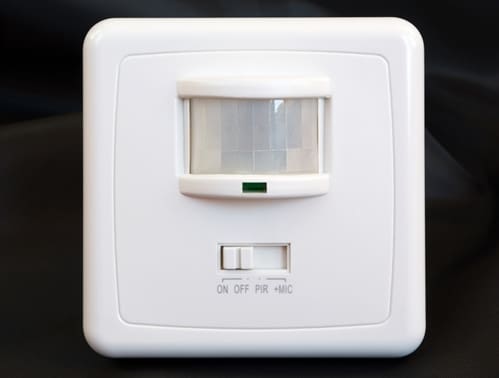Motion sensor switches already improve the efficiency of any commercial lighting control system, and adjusting the time settings on those switches further reduces costs.
According to a study by the Energy Center of Wisconsin, reducing motion sensor timers from their default setting yields a significant reduction in energy use. The study looked at the use of these switches in a parking structure. Altering the sensor timers from eight minutes to 30 seconds reduced the building’s energy usage by 13 percent.
The EPA averages energy savings from motion sensor switches to be 60 percent. When coupled with the use of energy-saving LED lighting systems, a commercial property has the potential to drastically lower its electricity expenses by changing the time on their motion sensors. An extra seven minutes of heightened operation is unnecessary off peak traffic times; especially if a fixture is operating at full brightness during those seven minutes.
Within the structure studied, there were 226 fixtures. For all of those fixtures, there were at least 26 hours total of excess lighting in a day if every fixture was activated once. With the amount of traffic commercial properties receive daily, those hours can turn into significant savings rather than wasted energy.





